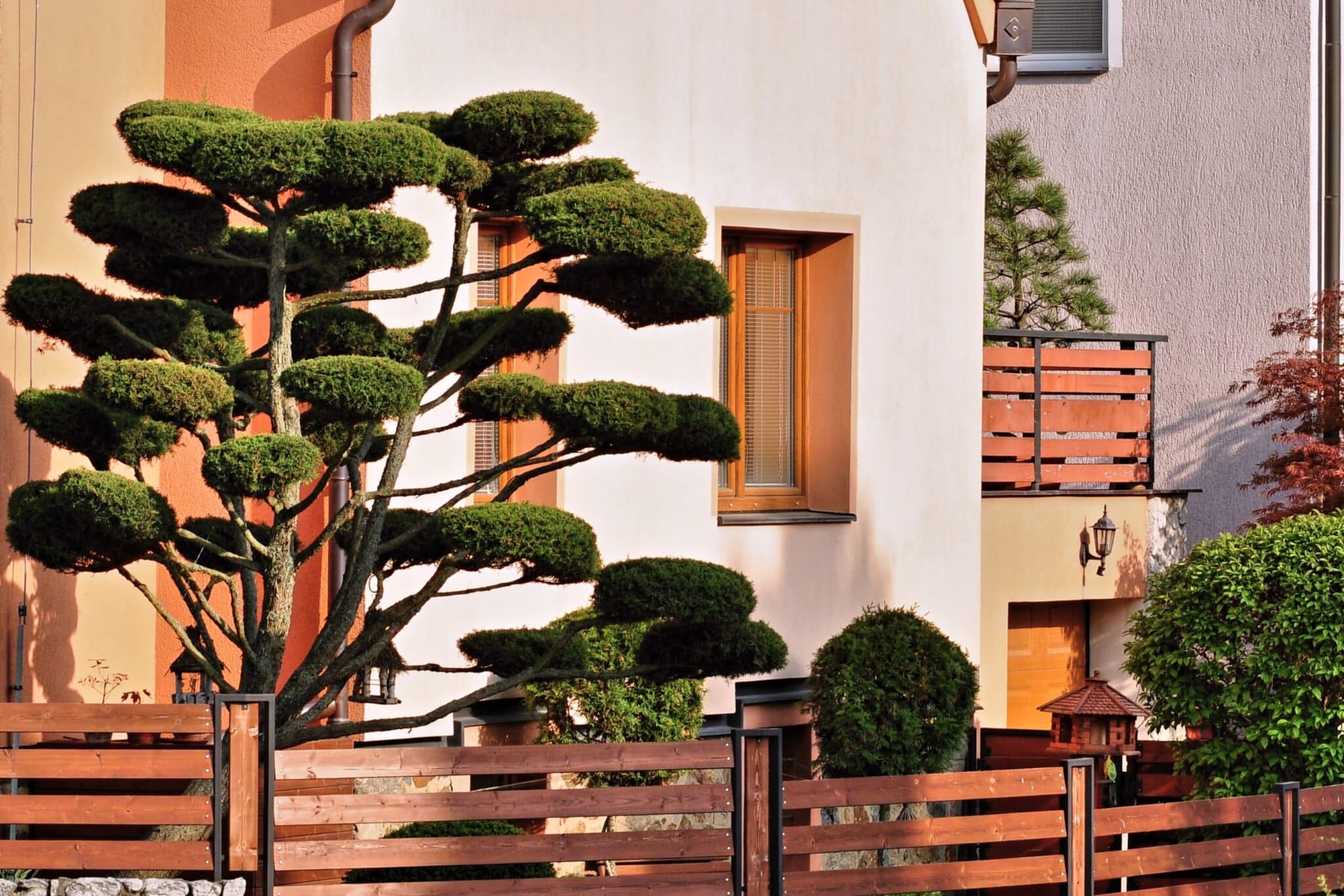


North Texas offers a diverse environment—but it also brings unique challenges when it comes to tree selection. From scorching summers and unpredictable storms to clay-heavy soils, choosing the right tree species is crucial for long-term health and aesthetic success. Whether you're starting a new landscape or upgrading an existing one, Salas Services is here to help you make the best choices for your space.
Let’s explore how to choose the right trees for North Texas—and why expert tree installation matters.
North Texas is classified as USDA Hardiness Zones 7b to 8a, meaning it sees hot, dry summers, mild to cold winters, and occasional drought conditions. Trees in this region must be able to withstand both heat and brief cold spells. In addition, soil in many areas contains high clay content, which impacts drainage and root growth.
These factors make professional planning and installation essential when adding trees to your landscape.
Here are some excellent choices that thrive in North Texas conditions:
Each of these trees can serve different purposes—from shade to ornamental flair—and Salas Services can help you determine which is right for your specific property.
Choosing the right species is only part of the equation. Strategic placement affects:
With Salas Services, we consider every factor from root space to canopy spread, ensuring your trees will grow safely and beautifully.
DIY planting often overlooks key variables—such as soil prep, depth, drainage, and tree orientation—which can lead to stress or even death of the tree. At Salas Services, our tree installation service includes:
You get more than a tree—you get peace of mind knowing it was planted for success.

Here are the most common questions client’s usually have for us. Still have more questions? Contact Us.
Yes, we offer emergency tree removal services for situations such as storm damage, fallen trees, or hazardous trees posing an immediate risk. Contact us at [phone number] as soon as possible in case of emergencies, and our team will prioritize your situation.
We can assist you with the process of obtaining permits for tree removal, if required. The need for permits varies based on local regulations and tree preservation ordinances. Our team will guide you through the necessary steps and provide any documentation or information needed for the permit application.
While trees are generally low-maintenance, certain signs indicate the need for professional intervention. Watch out for symptoms such as extensive dead or dying branches, sudden leaf loss, significant pest infestation, leaning or unstable tree structure, or visible signs of disease or decay. If you notice any of these issues, it's best to consult with our skilled arborists.
Several signs indicate that a tree may need to be removed, including significant structural damage, extensive disease or pest infestation, severe leaning, extensive root damage, or proximity to power lines or structures. Our professional arborists can assess the tree's health and safety to determine if removal is necessary.
The frequency of tree trimming or pruning depends on various factors such as tree species, age, and overall health. As a general guideline, it is recommended to have trees pruned every 3-5 years to maintain their shape, promote healthy growth, and remove any hazardous or dead branches.
The ideal time to plant new trees depends on the tree species and climate. In general, spring and fall are the preferred seasons for tree planting as the weather conditions are more favorable for root establishment. However, it's best to consult with our experts who can provide guidance based on your specific location and tree species.

Can’t find the answer you’re looking for? Please chat with our friendly team.



